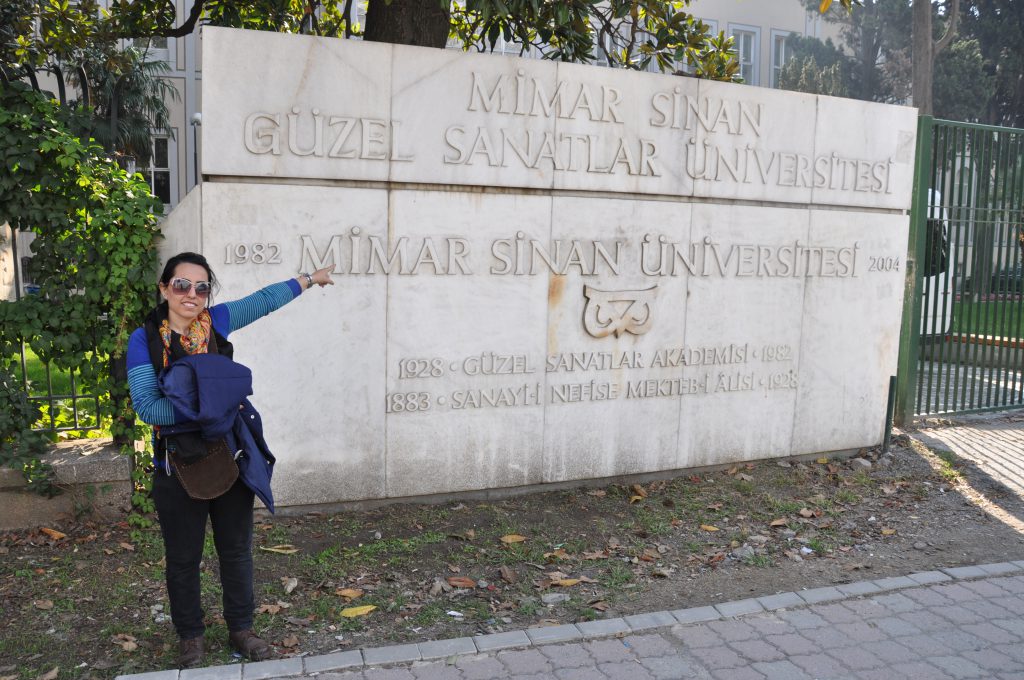
I was born in a large family in Shiraz, Iran. My high school education experience was quite unique. Even though my passion was for art, my father initially opposed me attending an art school. As a result, I decided to secretly drop out of school without their knowledge. Over the course of four years, I had complete flexibility to explore various interests, including painting and martial arts (specifically, Kung Fu). During this time, I was developing my skills in drawing and painting, particularly focusing on pastel painting. Additionally, I achieved success in various Kung Fu competitions. After four years, I managed to persuade my father to allow me to take the entrance exam for an art program. Thankfully, he didn’t stop me anymore. This period was a challenging and transformative experience for me. Eventually, I gained admission to the Islamic art program at Isfahan University of Arts.
My turning point in academia occurred when I joined Isfahan University of Arts and enrolled in the Department of Religious and Civilization Arts, which was led by Bahar Mokhtarian. Notably, this department featured renowned anthropologists, sociologists, and philosophers like Nasser Fakuhi, Bahar Mokhtarian, Bahman Namvar Motlagh, Nahid Abdi, Ali Abbasi, Asghar Izdadi-jeiran, Jabbar Rahmani, Fazel Pakzad, Marzieh Pirvai-Vanak, Nader shayganfar, Zeinab Saber, who taught various courses between 2009 and 2013. Their presence and work offered students fresh perspectives on art-related issues. This new discourse resulted in the publication of articles, books, and presentations at foreign conferences by both professors in the social sciences and art students. Regrettably, this department nearly dissolved after 2014 due to internal disputes.
One pivotal moment occurred when I attended the anthropology of art course, which altered my experience living in a new urban environment. The concept of “culture” became more prominent in my mind than ever before. I used to explore the city and take photographs, and my observations became more astute. One day, I accidentally stumbled upon Takht-e-Fulad cemetery, a historical burial ground for Shia people. I took several photos. The unique tombstones with diverse signs and symbols caught my attention. I later met my supervisor, Jabbar Rahmani, an anthropologist in our department, who introduced me to the idea that I could interpret culture through these tombstones, considering each of them as a text. He suggested that I delve into the anthropology of death, a specialized field that was relatively unexplored in Iran. This provided a significant opportunity for those interested in this subject.
For my undergraduate thesis, I worked under the guidance of Jabbar Rahmani (theoretical aspect) and Parisa Rezai (practical aspect). The title of my thesis was “Cultural Semiotics of Tombstone Signs in the Takht-e-Fulad Cemetery.” Based on my undergraduate thesis, I subsequently published a paper and presented at an international conference in Turkey in 2013.